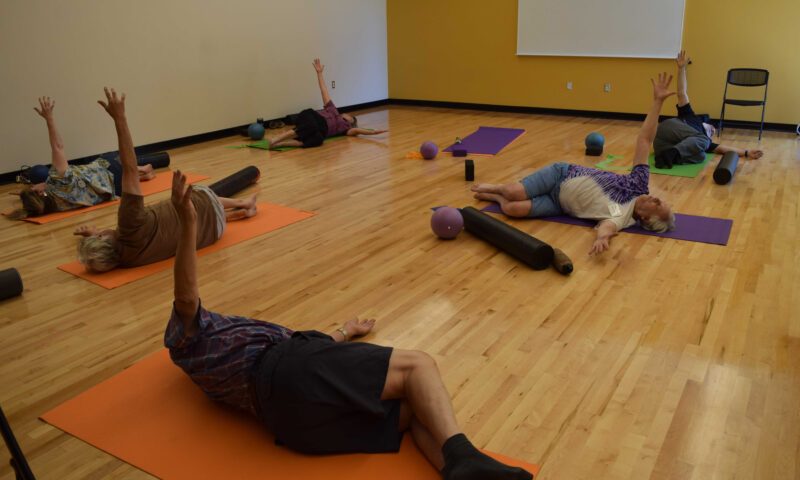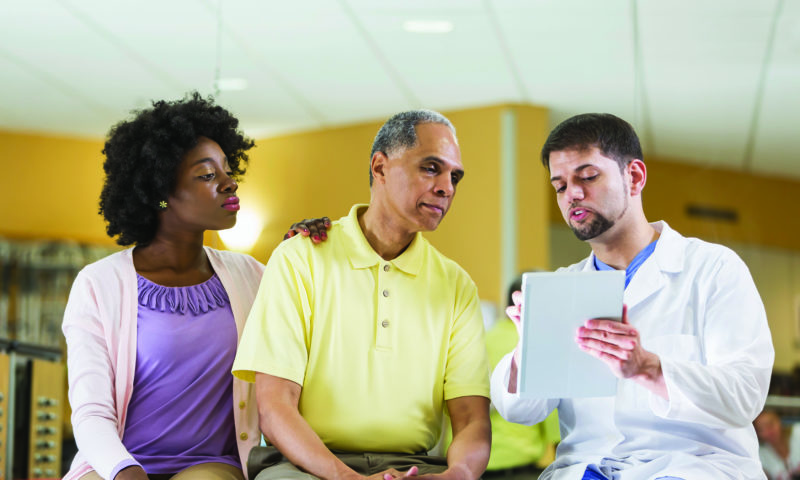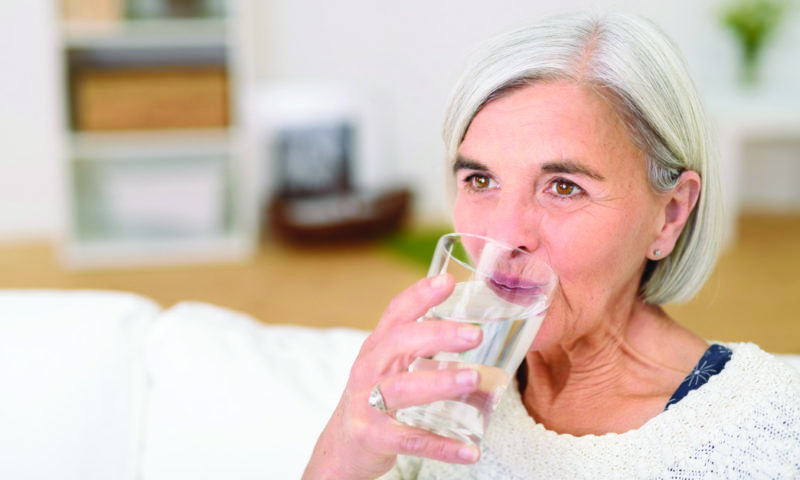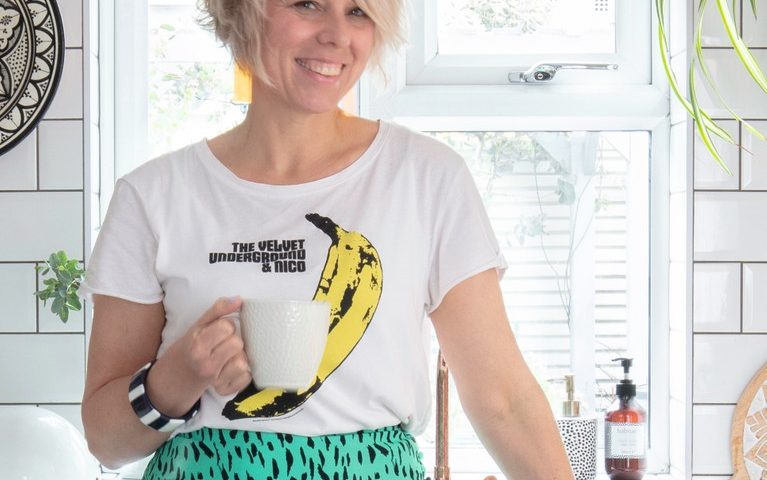Stay active and exercise inside when it’s cold outside
By Meredith Bailey
When the temperature drops, the lure of “hibernation,” snuggling under a blanket and reading a book or watching a favorite TV show is hard to resist. We all need a little rest and relaxation to recharge, yet too much time spent with our feet up isn’t good for the body or the mind — even when it’s cold outside.
“Your health doesn’t take a vacation during the winter months,” said Jenn Ropp, diabetes education and nutrition program coordinator at MultiCare Health System. “Staying active can help you maintain a healthy weight, keep your blood sugar levels within a normal range, and support your mental health and well-being.”
Regular exercise can also help protect your body from injury.
“During the winter months, we see a lot of slips and falls due to icy conditions,” said Allison Blumenthal, a sports orthopedic surgeon at MultiCare Integrated Sports Medicine. “The more you’re able to maintain your core strength, the less likely you are to fall and the less extensive your injuries are likely to be if you do fall.”
While the benefits of maintaining fitness year-round are many, staying active when the chill sets in can be a challenge. Pacific Northwest winters aren’t always amenable to many outdoor activities. Here are tips to keep yourself motivated and your body active.
Come up with a plan.
Without some forethought, exercise can slip down or completely fall off your to-do list.
“Don’t just say ‘I’m going to work out some time today.’ Decide on a specific time that you’re going to exercise, what you’re going to do and what you need — clothing or equipment, for example,” said Annie Doyle, senior health and well-being director at YMCA of Pierce and Kitsap Counties. “You’re more likely to exercise consistently if you’re prepared and it’s built into your schedule.”
Make it fun.
Exercise shouldn’t be drudgery. Try new activities until you find ones you like, and switch them up so you don’t get bored.
“You’re more likely to stick to something if you enjoy it and actually look forward to doing it,” said Blumenthal. “Maybe that’s doing Pilates in your living room or simply cranking up the music and dancing — whatever type of movement brings you joy.”
Set goals.
Fitness goals can help us stay motivated, but not just any goal will do. “Setting short-term, achievable goals that you can measure can be really useful for keeping yourself on track for meeting a more long-term goal,” Blumenthal said. “For example, maybe today your goal is to exercise for five more minutes or do one more bicep curl than you did the day before.”
It helps to have a friend or family member hold you accountable to your workout plan. “This could be someone you’re actually exercising with or just someone that you check in with a couple of times a week about what you accomplished and how a particular activity is going,” said Doyle.
Go virtual. With a little online sleuthing, you can find exercise apps and virtual classes for all ages, skill levels and interests. YMCA 360, for example, “allows you to stream thousands of fitness classes as well as classes on other topics like cooking and meditation,” said Doyle. “We have something for everybody, from very young children to older adults, as well as families. This program is a way to bring our instructors into the comfort of your own home and keep your workout exciting and fresh.”
Transform everyday activities into exercise opportunities.
You don’t need fancy equipment or a gym membership to remain active when you’re inside. “Exercise can be incorporated into almost anything you do around the house,” said Blumenthal. “For example, do lunges down the hallway instead of walking, or do situps and pushups during commercial breaks when you watch TV. If your job involves sitting at a desk, set a timer for every 30 to 60 minutes to get up and move around.”
Use your spring and summertime interests as inspiration.
From hiking to softball, many of us have outdoor activities that we love to do when the weather turns warm. Instead of biding your time until the seasons change, work on maintaining or even improving your level of fitness for those activities now.
“Let’s say you’re a gardener. What kinds of exercises could you do in your home to better prepare your body for bending up and down, or some of the other movements associated with yard work?” Ropp said.
Get a step counter (pedometer).
Step counters use sensors to track your steps. “If there’s a day where you have haven’t been quite as active, then you can take some extra loops around the house to compensate,” Ropp said.
Listen to your body.
When you are trying a new activity, ease into it and let your body be your guide.
“Exercising can be uncomfortable sometimes and normal soreness is reasonable, but if something you’re doing is causing pain in a specific area, you should stop and possibly seek medical care if it persists,” Blumenthal advised.
One of the goals of exercise is to get your heart pumping, but don’t overdo it. “If someone asked you how you were doing and you couldn’t respond, then your heart rate is too high,” Doyle said. “It’s time to slow down or take a break.”
Source: MultiCare Health System.



